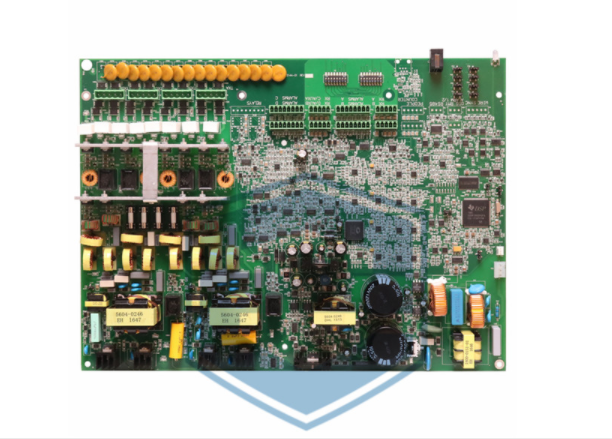We have always believed in a truth, that is, any equipment is dead, and only people are alive. The key to the anti-theft effect of the Eas Security Alarm System depends on how we use it and whether we want it to work. Here we summarize 5 methods:
In the process of using EAS, the formulation of commodity security standards is very important. Including the types of goods that use Anti-Theft Labels, pasting locations, number of arming, arming locations, arming time, etc.

EAS Hard Tags
For supermarkets that have established commodity security standards, it is recommended to update the security standards in time to ensure the applicability of the commodity security standards.
For supermarkets that have not formulated a defense standard, it is recommended that the operation department or the loss prevention department formulate it, and the Word or PPT version can be produced. The standard is formulated in the form of graphics and text as much as possible, so that it is easy to replicate and promote.
Commodity arming rate refers to the rate of product sticking. In principle, the commodity arming is carried out before the goods are received and enter the store, but it is difficult to do this. After all, we can't wait for all the products to be put on the anti-theft label before they are put on the shelves. . Without affecting sales, we can give priority to high-loss products, and other products can be deployed at night.
When arming goods, the arming rate is very important. The higher the defense rate, the higher our chances of recovery from theft. First of all, we must ensure that the types of goods covered by the anti-theft labels are wide, and secondly, the number of high-loss single products. These two points need to be considered when we increase the deployment rate.
There are three main considerations in the method of commodity arming. The first is how to make the anti-theft soft label more concealed and difficult to be found; the second is how to make the anti-theft label cover more goods; the third is how to make the anti-theft soft label cover more goods. The comprehensive use of tags and hard tags improves the anti-theft effect.
Any management and execution are inseparable from inspection. Without inspection, there is no management. this point is very important. Headquarters operations, loss prevention, store managers, and store loss prevention managers should regularly check the deployment of goods, such as whether the label is attached correctly? Is there any damage to the product? Are the armed goods correct? Whether the deployment rate meets the standards, etc. Arrange the store for rectification in time for problems found out.
Under normal circumstances, the statistics of data recovered by EAS Tags are carried out through the theft data statistics table, which cannot reflect all the defense data we need. The best way is to recreate an EAS Commodity Recovery Analysis Table in the theft data statistics table, which is used by the headquarters and stores.
The headquarter’s EAS merchandise recovery analysis is based on monthly statistics and analysis, including store, month, amount recovered, number of times recovered, product category recovered, number of soft labels used, soft label use costs, etc., which can be analyzed year-on-year.
The EAS merchandise recall analysis of the store is statistic and analyzed according to the month, including the month, the amount recovered, the number of recoveries, the number of soft labels used, and the cost of use. In addition, the types of recovered commodities can be analyzed quarterly or semi-annually.

Basic Approach to Preventing Retail Business Losses
Apr. 16, 2022
What You Need to Know about EAS Security Tag Alerts
Apr. 06, 2022